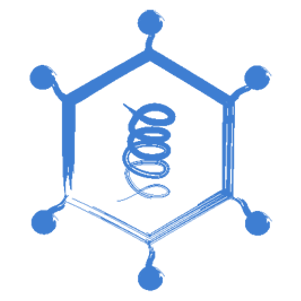Difference between revisions of "Category:Actinomycetes"
Jump to navigation
Jump to search
| (11 intermediate revisions by 2 users not shown) | |||
| Line 1: | Line 1: | ||
| − | == | + | {{frontpage |
| + | |pagetitle =Actinomycetes | ||
| + | |pagebody = Actinomycetes organisms are gram positive bacteria that grow slowly on media and produce branching filaments. They are associated with opportunistic infections causing inflammatory responses and granulomatous reactions; animal pathogens include ''Actinomyces, Arcanobacterium, Actinobaculum, Nocardia'' and ''Dermatophilus''. | ||
| − | + | Actinomycetes organisms are non-motile, non-spore-forming bacteria which are anaerobic or facultative anaerobes that typically colonise mucous membranes. They will grow on enriched media and are non-acid fast, Modified Ziehl-Neelson negative when stained. | |
| − | + | Clinically, this class of organisms includes ''Micropolyspora faeni and Thermactinomyces vulgaris'' - these are implicated in [[Extrinsic Allergic Bronchio-Alveolitis|Bovine Farmers Lung]] and ''Thermactinomyces vulgaris'' is associated with the pathology of [[Recurrent Airway Obstruction|RAO]] in horses. | |
| − | |||
| − | |||
| − | === | + | |contenttitle =Content |
| + | |contentbody =<big><b> | ||
| + | <categorytree mode=pages>Actinomycetes</categorytree> | ||
| + | </b></big> | ||
| + | |logo =bugs-logo copy.png | ||
| + | }} | ||
| − | + | [[Category:Bacterial Organisms]] | |
| − | + | [[Category:Gram_positive_bacteria]] | |
| − | |||
| − | |||
| − | |||
| − | |||
| − | |||
| − | |||
| − | |||
| − | |||
| − | |||
| − | |||
| − | |||
| − | |||
| − | |||
| − | |||
| − | |||
| − | |||
| − | |||
| − | |||
| − | |||
| − | |||
| − | |||
| − | |||
| − | |||
| − | |||
| − | |||
| − | |||
| − | |||
| − | |||
| − | |||
| − | |||
| − | |||
| − | |||
| − | |||
| − | |||
| − | |||
| − | |||
| − | |||
| − | |||
| − | |||
| − | |||
| − | |||
| − | |||
| − | |||
| − | |||
| − | |||
| − | |||
| − | |||
| − | |||
| − | |||
| − | |||
| − | |||
| − | |||
| − | |||
| − | |||
| − | |||
| − | |||
| − | |||
| − | |||
| − | [[Category: | ||
Latest revision as of 16:19, 19 February 2011
Actinomycetes
Actinomycetes organisms are gram positive bacteria that grow slowly on media and produce branching filaments. They are associated with opportunistic infections causing inflammatory responses and granulomatous reactions; animal pathogens include Actinomyces, Arcanobacterium, Actinobaculum, Nocardia and Dermatophilus.
Actinomycetes organisms are non-motile, non-spore-forming bacteria which are anaerobic or facultative anaerobes that typically colonise mucous membranes. They will grow on enriched media and are non-acid fast, Modified Ziehl-Neelson negative when stained.
Clinically, this class of organisms includes Micropolyspora faeni and Thermactinomyces vulgaris - these are implicated in Bovine Farmers Lung and Thermactinomyces vulgaris is associated with the pathology of RAO in horses.Subcategories
This category has the following 2 subcategories, out of 2 total.
Pages in category "Actinomycetes"
The following 5 pages are in this category, out of 5 total.
